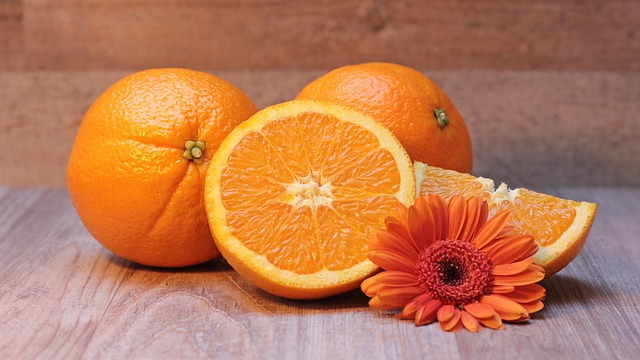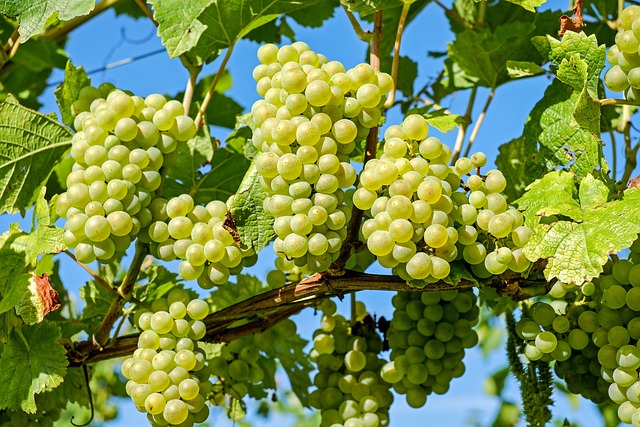A Journey Into Fermentation: Unleashing the Magic of Probiotic-rich Foods
Probiotics have been gaining significant attention in recent years for their potential health benefits. These live bacteria and yeasts, particularly those found in certain fermented foods, are believed to promote a healthy gut and improve overall well-being. In this blog post, we will take a fascinating journey into the world of fermentation and explore how probiotic-rich foods can unlock the magic of a healthier you.
What are Probiotics?
Let’s start by understanding what probiotics actually are. Probiotics are live microorganisms that, when consumed in adequate amounts, offer numerous health benefits. While bacteria are often associated with causing diseases, not all bacteria are harmful. In fact, our bodies are home to trillions of bacteria, both good and bad, that live in symbiosis with us.
Probiotics are mainly known for their positive effects on the digestive system. They help restore the natural balance of bacteria in our gut, supporting proper digestion, nutrient absorption, and overall immune function. When our gut flora is imbalanced due to poor diet, stress, or antibiotics, incorporating probiotic-rich foods into our diet can be highly beneficial.
The Magic of Fermentation
Fermentation is an ancient preservation technique that has been used by various cultures for centuries. It involves the breakdown of carbohydrates by bacteria, yeast, or other microorganisms, resulting in the production of beneficial compounds such as probiotics, vitamins, and enzymes. Fermented foods have unique flavors and textures, making them an exciting addition to any meal.
During fermentation, microorganisms consume the sugars in the food and produce lactic acid as a byproduct. This process not only gives fermented foods their tangy taste but also creates an acidic environment that inhibits harmful bacteria growth. The lactic acid produced during fermentation acts as a natural preservative, allowing fermented foods to have a longer shelf life without the need for artificial additives.
Probiotic-Rich Fermented Foods
Now that we understand the basics of fermentation let’s explore some of the most delicious and probiotic-rich foods produced through this process:
1. Yogurt
Yogurt is perhaps one of the most well-known fermented foods. Made from fermented milk, it contains live cultures of bacteria, particularly strains like Lactobacillus bulgaricus and Streptococcus thermophilus. These bacteria help break down lactose, making yogurt easier to digest for individuals with lactose intolerance.
2. Sauerkraut
Sauerkraut is a traditional German dish made from fermented cabbage. The cabbage is shredded, salted, and left to ferment for several weeks. This process results in a tangy and crunchy condiment packed with probiotics, vitamins C and K, and dietary fiber. Adding sauerkraut to your meals can provide a flavorful probiotic boost.
3. Kimchi
Hailed as Korea’s national dish, kimchi is a spicy fermented vegetable side dish. Cabbage, radishes, scallions, and various seasonings are combined and left to ferment. Kimchi is not only rich in beneficial bacteria but also a great source of vitamins A, B, and C. Its unique combination of flavors adds a delightful kick to any dish.
4. Kombucha
Kombucha is a trendy fermented tea beverage that has gained popularity for its potential health benefits. It is made by fermenting sweetened black or green tea with a culture of bacteria and yeast called a SCOBY (symbiotic culture of bacteria and yeast). The result is a fizzy drink rich in live cultures, organic acids, and antioxidants.
Incorporating Probiotics into Your Diet
If you want to experience the magic of probiotics, incorporating them into your diet is relatively simple. Here are a few tips to get you started:
- Include a serving of yogurt or kefir in your breakfast routine.
- Add sauerkraut or kimchi to your salads, tacos, or sandwiches.
- Enjoy a refreshing glass of kombucha as an afternoon pick-me-up.
- Experiment with fermented soy







